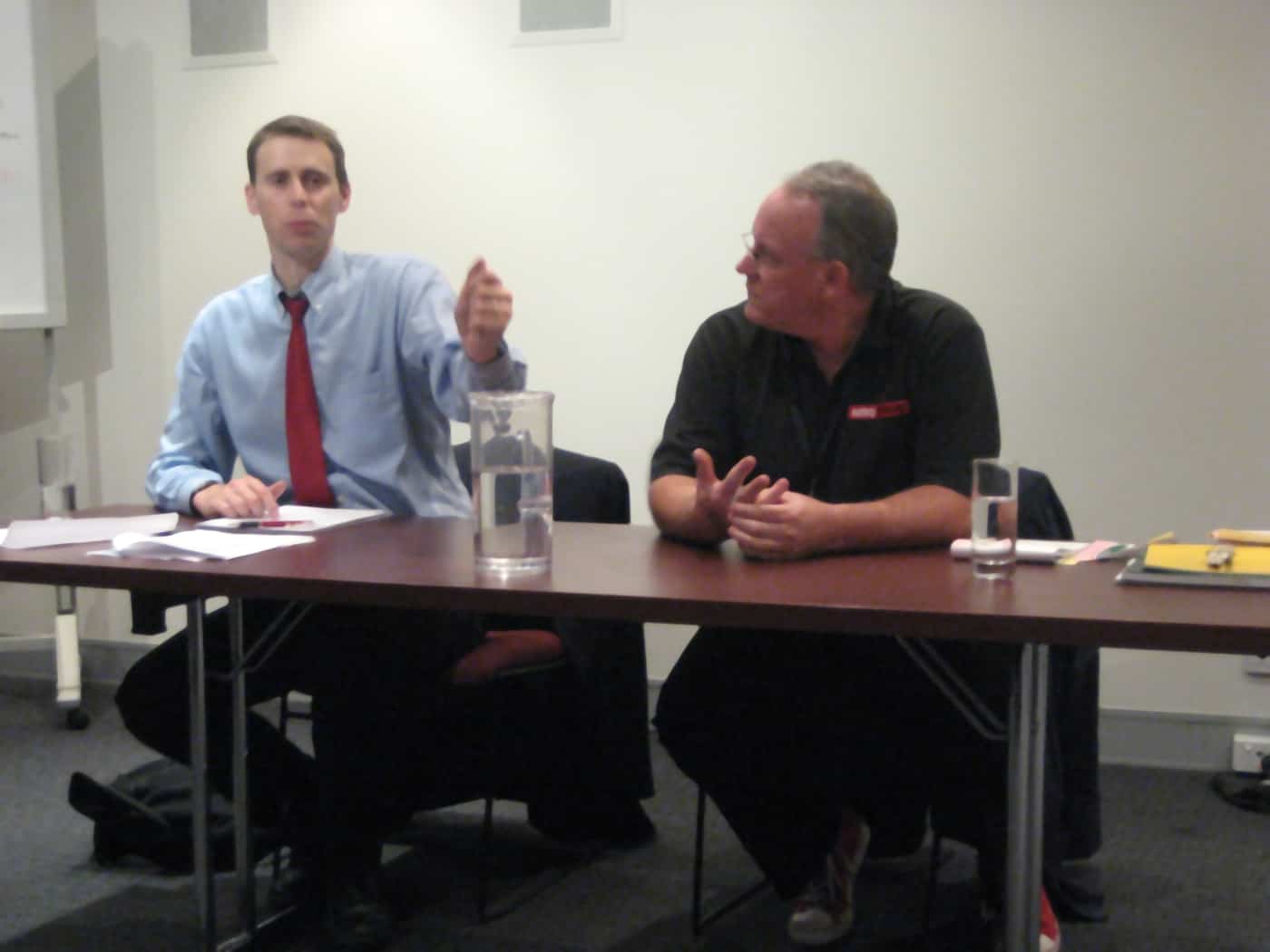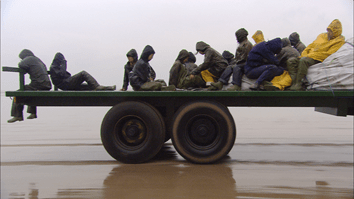Thanks to all those readers of SafetyAtWorkBlog, particularly those who make the effort to comment.
As well as these blog postings you will see articles appear in RTWMatters in support of its relaunched website as well as through the LabourStart website, a news site primarily for trade unionists and labour advocates.
There is also a nanotechnology safety article coming up in Safety Solutions magazine and some regular news contributions to the Employment Law Bulletin.
I am also proud of an article that was published by a prominent Australian business website Business Spectator and for the republication of a blog article to do with the Beaconsfield Mine at Crikey.com.
This may sound a lot of work but there is always room for more business and clients and as there is also a company to run.
On 19 March 2009 I spoke with Stephen Mayne (below on the right) at the 12th Annual Freelance Journalism Convention .

If you like what you have read and have the opportunity for my writing services, please email me.

